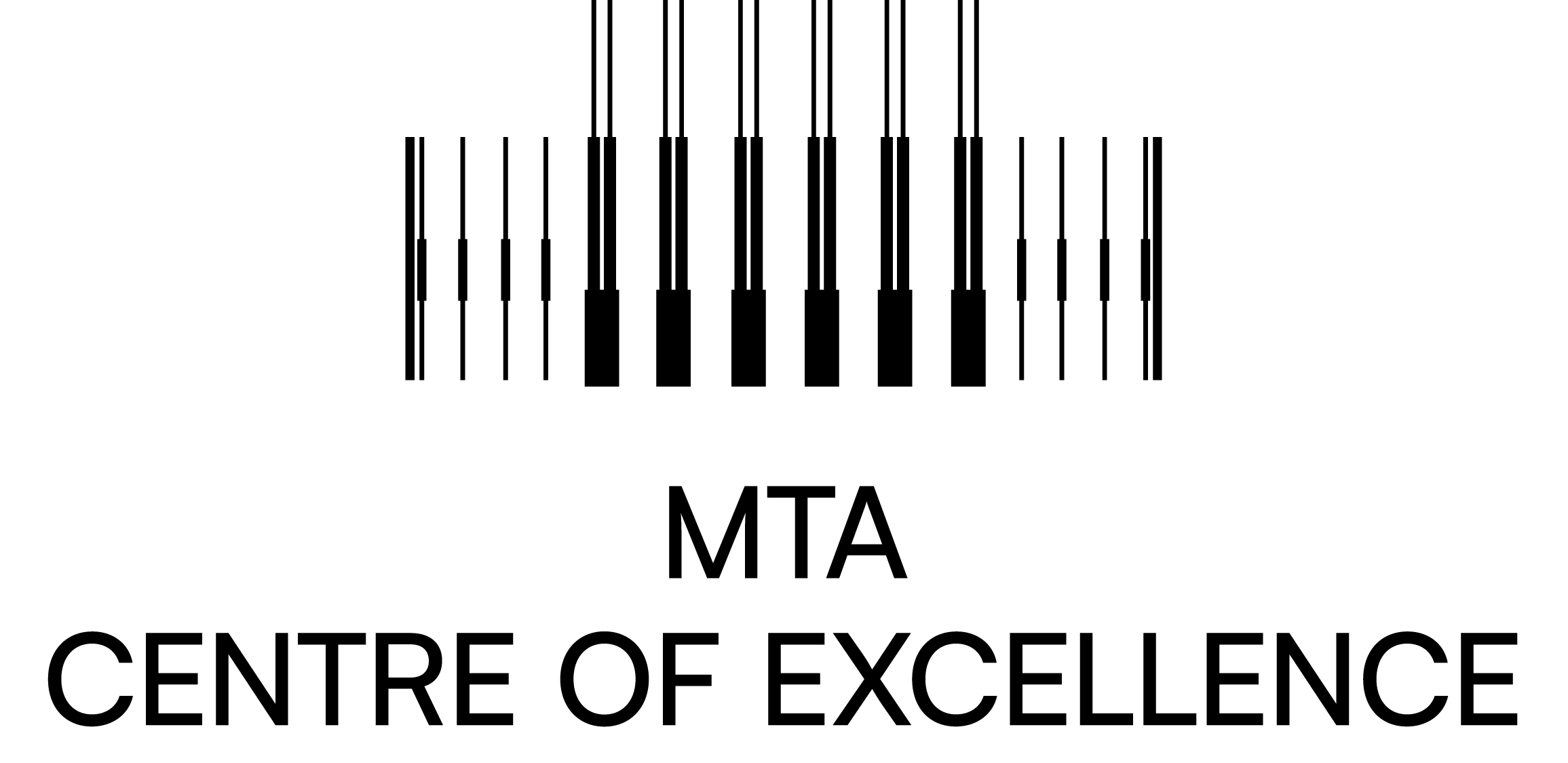Zoltan Szekely: From Galilean to Lorentz transformation - and beyond |

|
|||
|
|
||||
|
||||
that might enhance students’ perception and understanding of the theory. We restrict our attention to the kinematics of the special theory, involving inertial motions, although some steps are taken in the direction of the general theory by an elementary approach to speed change/ acceleration, without entering the subtlety of General Relativity. We also take a minimalist approach by working with 2- dimensional spacetime reference frames/ coordinate systems only. Considering the usual spatial Galilean transformations of classical Newtonian physics, we arrive to the idea of time shifts and temporal Galilean transformations. By extending the concept of an inertial frame, we include into our arguments the postulates of special relativity, the relativity principle and invariance of light speed across inertial frames. By combining spatial and temporal Galilean transformations, we obtain the well-known Lorentz transformation from an inertial frame K to K’ with its formulas following the speed of light = c = 1 convention: where b is the relative speed of K’ from K and g is Lorentz-constant. Touching the usual concepts of time dilation and length contraction, we look at time contraction and length dilation, as well, that leads us toward mixed coordinates and an introduction to standard trigonometric functions into the computation of transformations. As time allows, we talk about accelerating motions as approximated by equidistant polygons. The corresponding simultaneity curves are considered using the concept of light boxes, i.e. rectangles with sides of slope 1 or -1. Relying on a concept of initialization and validation of moving clocks, we discover the spread of simultaneity through the light boxes for finite and periodic motions. We also look at the motion of extended objects/ sticks. Assuming a virtual entity called time piece, we relate it to a moving object. While the path/ world line of and object’s motion in the spatial domain draws the temporal axis of a co-moving reference frame, the curve of the spread of the associated time piece in the temporal domain provides the spatial axis of the frame. By this association, we may introduce a special view of the correlated processes of a moving object and a spreading of the associated time piece. These considerations point to the direction of the general theory of relativity without entering it. The lecture will be in the Riesz lecture room. |
||||
JEvents v3.1.8 Stable Copyright © 2006-2013








 Export Event
Export Event 